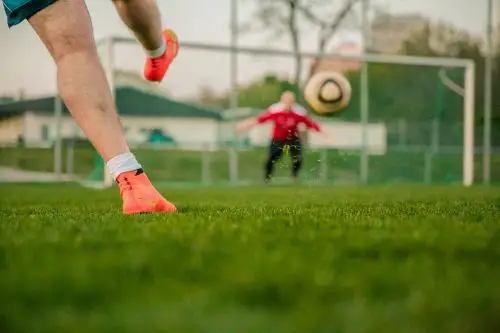
Scoring goals is the most important objective for forwards.
Although it may seem simple enough, it actually requires a combination of skills including shooting with proper form, being in sync with your teammates, and taking up correct positions so that you maximize your opportunities.
But when it comes time to shoot the ball, is there a particular area of the goal that can be considered the “sweet spot”? What are the best places for soccer players to shoot?
There is no single easy answer, but rather a variety of factors to consider, along with some general principles you’ll want to keep in mind.
Proper Shooting: To the Corners!
This recommendation likely won’t come as a surprise to many who have any experience shooting (or trying to save) the ball.
A shot aimed at the corners rather than the middle of the goal has a much better chance of avoiding the keeper.
But with the corners obviously comes a greater risk of missing the target, so let’s break this down further taking into account things like height, power, and control.
Your Shooting Technique and Aiming Low
When shooting you are balancing two things: power, which you get more of by using your instep, and accuracy, which you get more of with using the inside of your foot.
Both of these have implications for the location of your shot: keeping the ball low makes it more difficult for the goalkeeper to save because it takes much more effort to get down as opposed to jumping up.
Due to this principle, it’s recommended to sacrifice some power for added control (plus it’s easy to lean back too much on an instep shot which lofts the ball) in order to keep it on the ground.
You don’t need to smash the cover off the ball, and even a modest amount of power is enough to see a well-placed low shot nestle into the corner of the net.
Observe the Goalkeeper’s Positioning
You as the shooter aren’t the only player who matters in this discussion.
The opposition goalkeeper, of course, is important too, as we’ve already mentioned. But your thinking, however, should go beyond just aiming for the corners.
Instead, your observation of the keeper is also important. You want to determine if they have left an open gap that you can take advantage of.
Have they overcompensated to one side?
Shooting across the goalkeeper’s body is also advantageous because it is a more awkward position from which to make a save and can also help with generating rebounds.
A More Scientific Shooting Location Analysis
Beyond these general points, some research has actually looked into where to shoot the ball. And their findings confirm the principles we’ve already explored.
According to one study, an overwhelming 62% of goals were scored low.
They break down as follows: Bottom Left: 22 percent; Bottom Center: 21 percent; Bottom Right: 19 percent.
(So you can see that it’s most important to factor in the goalkeeper’s position when shooting, since there’s an even breakdown between both corners and the center–not a single “sweet spot.”)
The middle of the goal, typically where the goalkeeper can most easily reach shots to save them, saw 21% of goals.
The top of the goal, then, accounted for just 17% of goals, including 8% in the top left and 5% in the top right.
A shot in the upper 90 is almost impossible to save, but these statistics demonstrate the difficulty of hitting this spot without having your shot sail over the goal or too wide.
Overall, keeping it low is your best chance at scoring.
Ultimately, you also want to make sure you are practicing and honing your shooting form, so that you are able to maximize the concepts shared in this article. Best of luck finding the net in your own matches.
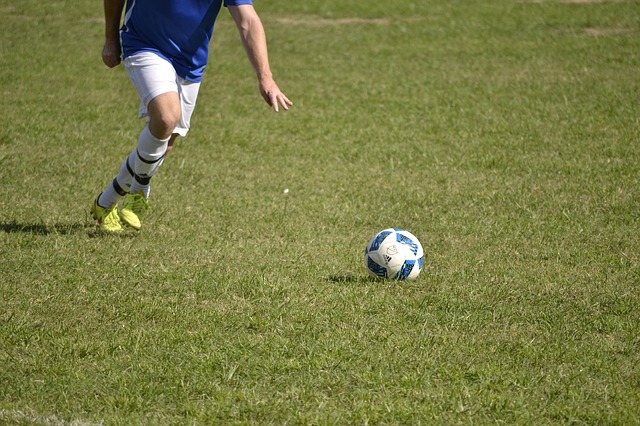
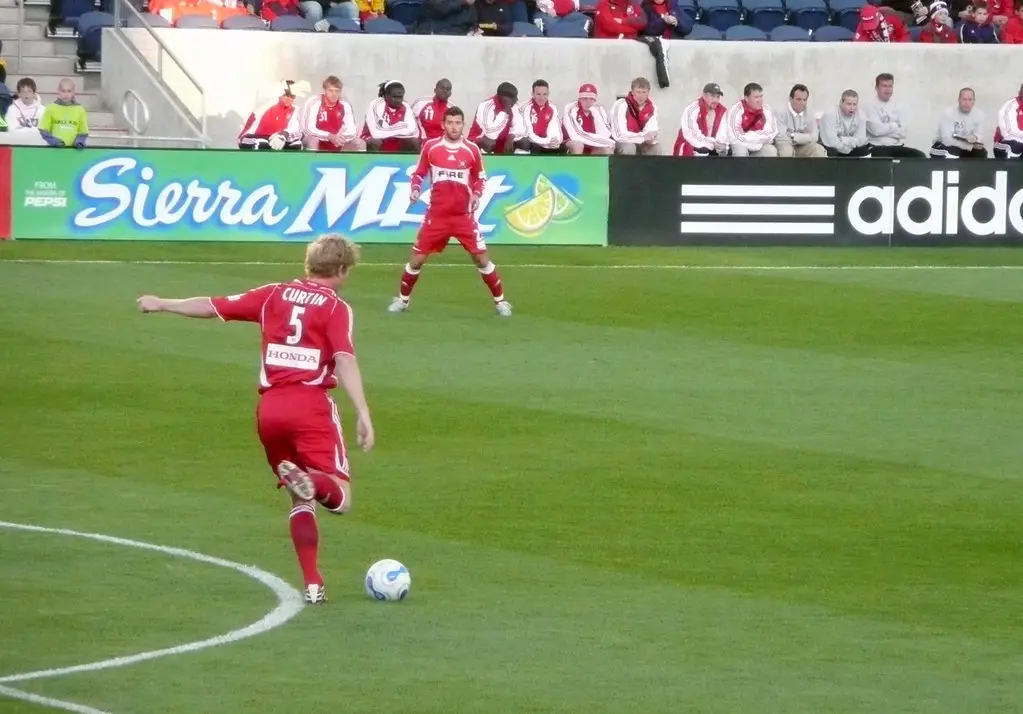
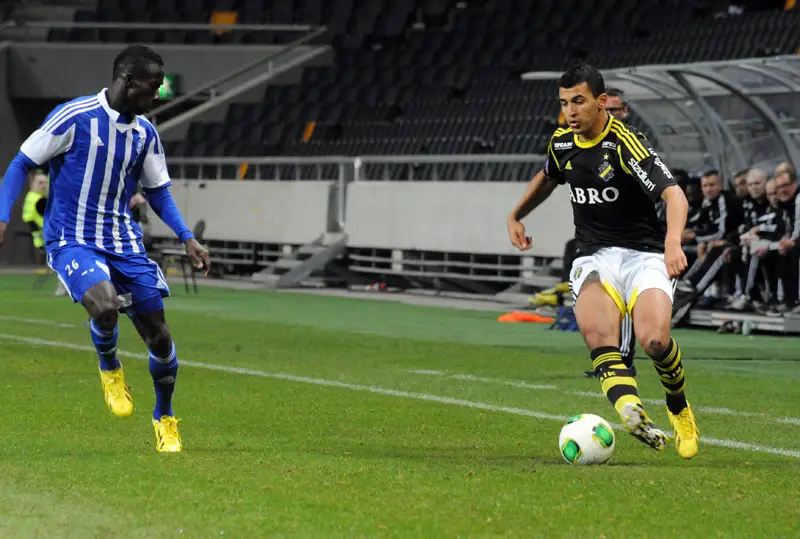
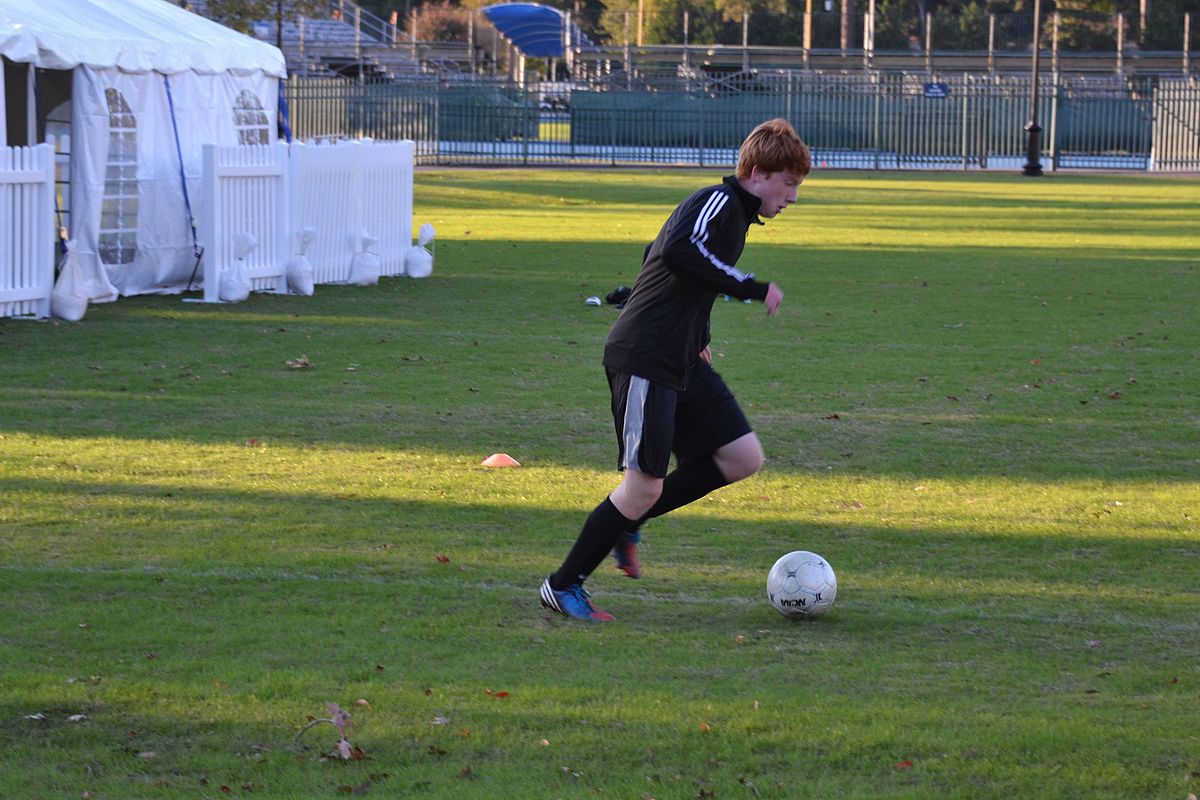


Leave a Reply